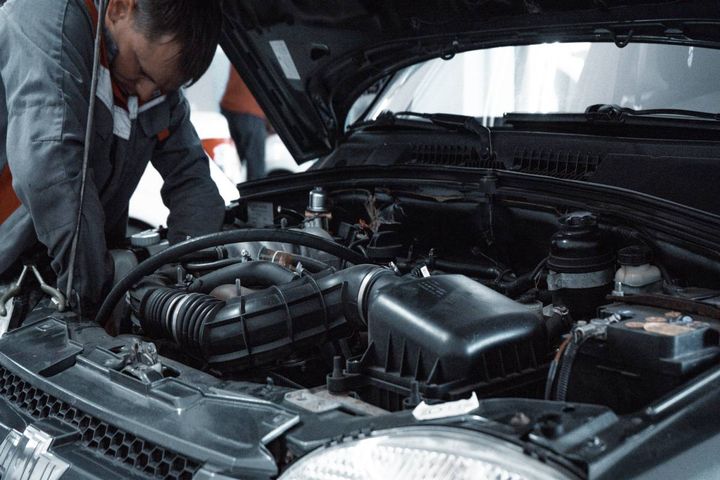Credit: Unsplash
During calendar-year 2020, fleet maintenance expenses declined year-over-year compared to CY-2019, primarily driven by the COVID lockdowns and customer restrictions on allowing visitors on company premises. In addition, vehicles were under-utilized resulting in unintended additional problems.
“Vehicles were sitting unutilized for extended periods of time due to the pandemic. This has unfortunately led to an increase in flat tires, dead batteries, and rusting brakes which takes more time out of service for repairs and increases overall maintenance expenditures,” said Tony Hernandez, team lead, truck maintenance for Emkay.
Other maintenance-related issues arose during the COVID lockdowns, such as decreased number of open maintenance facilities.
“Many repair shops reduced their hours of operation or staffing to increase social distancing to reduce the risk of spreading the virus and incorporate more sanitization practices, or they closed all together,” said Dale Jewell, senior director, fleet services operations for Emkay. “COVID presented many challenges with vehicle maintenance that no one else in the industry experienced before in such a great capacity. Getting service while maintaining social distancing and disinfecting for the safety of driver and service provider were important pieces for the industry this past year. Emkay has seen many providers develop creative ways to handle this with contactless service, mobile app communication development, and enhanced sanitation processes.”
Times like these call for solutions that work.
Speak with top GPS fleet tracking providers who can help solve your unique business challenges.
Vehicle uptime is a key fleet metric and it is fueling a trend by a growing number of vocational fleets to consider a mobile vehicle maintenance program. With tight delivery windows and hours-of-service regulations, a mobile maintenance program allows scheduling maintenance on days and times when vehicles are idle, including nights and weekends.

Credit: Emkay
“Mobile vehicle maintenance vendors have gained momentum in the market for many of these reasons and allowed time for fleets to continue to strive for a more efficient solution,” said Jewell.
Mobile vehicle services are common, such as mobile windshield and glass repair and mobile fueling. Likewise, mobile maintenance programs are not new, but these services have increased in popularity with vocational fleets over the past 10 years.
There are two primary types of mobile maintenance services. The most common approach is when a mobile maintenance technician goes to the fleet’s facility to do the work or to a location where the vehicle has encountered a maintenance issue. In essence, mobile maintenance business model brings shop operations to fleets wherever their equipment is located.
Originally posted on Global Fleet Management
By Mike Antich
Source: https://www.automotive-fleet.com




